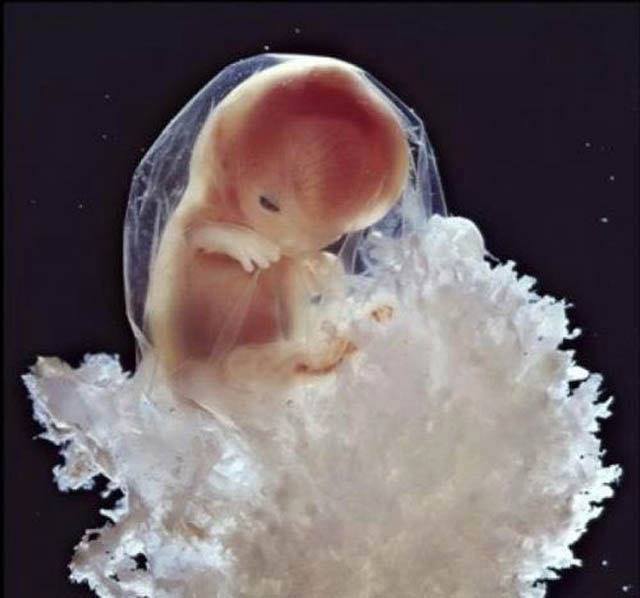Last week, the Centers for Disease Control (CDC) released U.S. abortion data for the year 2014, indicating that the U.S. abortion-rate decline, which began in the early 1980s, continues at a steady pace. According to the CDC, both the number of abortions and the abortion rate declined by about 2 percent between 2013 and 2014. The decline was fairly consistent, as 30 of the 46 states reporting abortion data in both years saw their abortion numbers decline. This is undoubtedly good news.
The new data also nicely demonstrate the porous abortion-reporting requirements in the United States. The CDC data are incomplete as usual, because California, Maryland, and New Hampshire did not report any abortion data for 2014. In fact, California has not reported any abortion data to the CDC since 1997. Furthermore, while the CDC has already released 2016 data on a range of public-health topics, there is almost always a two-year lag before the group releases abortion data. Interestingly, many states are doing a better job without the influence of the CDC; at least twelve states have already made their 2016 abortion data publicly available.
Click here to sign up for pro-life news alerts from LifeNews.com
A number of media outlets, including the New York Post, Newsweek, and FoxNews.com, have already run stories on the newly released CDC abortion data. Unsurprisingly, most of the media coverage gives much of the credit for the abortion-rate decrease to increased contraception use. There is some evidence that there has been a short-term decline in the incidence of unintended pregnancies, but another key factor behind the 50 percent abortion-rate decline since 1980 is the fact that a smaller percentage of unintended pregnancies result in an abortion.
Statistics from the Guttmacher Institute are instructive on this point. In 1981, the research group found that 54 percent of unintended pregnancies resulted in an abortion. That number declined during the 1990s and fell to 42 percent by 2011. Unfortunately, data that reflect well on pro-life legislative, political, and educational efforts typically receive scant attention from the mainstream media.
LifeNews.com Note: Dr. Michael New is a professor at Ave Maria University. He is a former political science professor at the University of Michigan–Dearborn and holds a Ph.D. from Stanford University. He is a fellow at Witherspoon Institute in Princeton, New Jersey.








